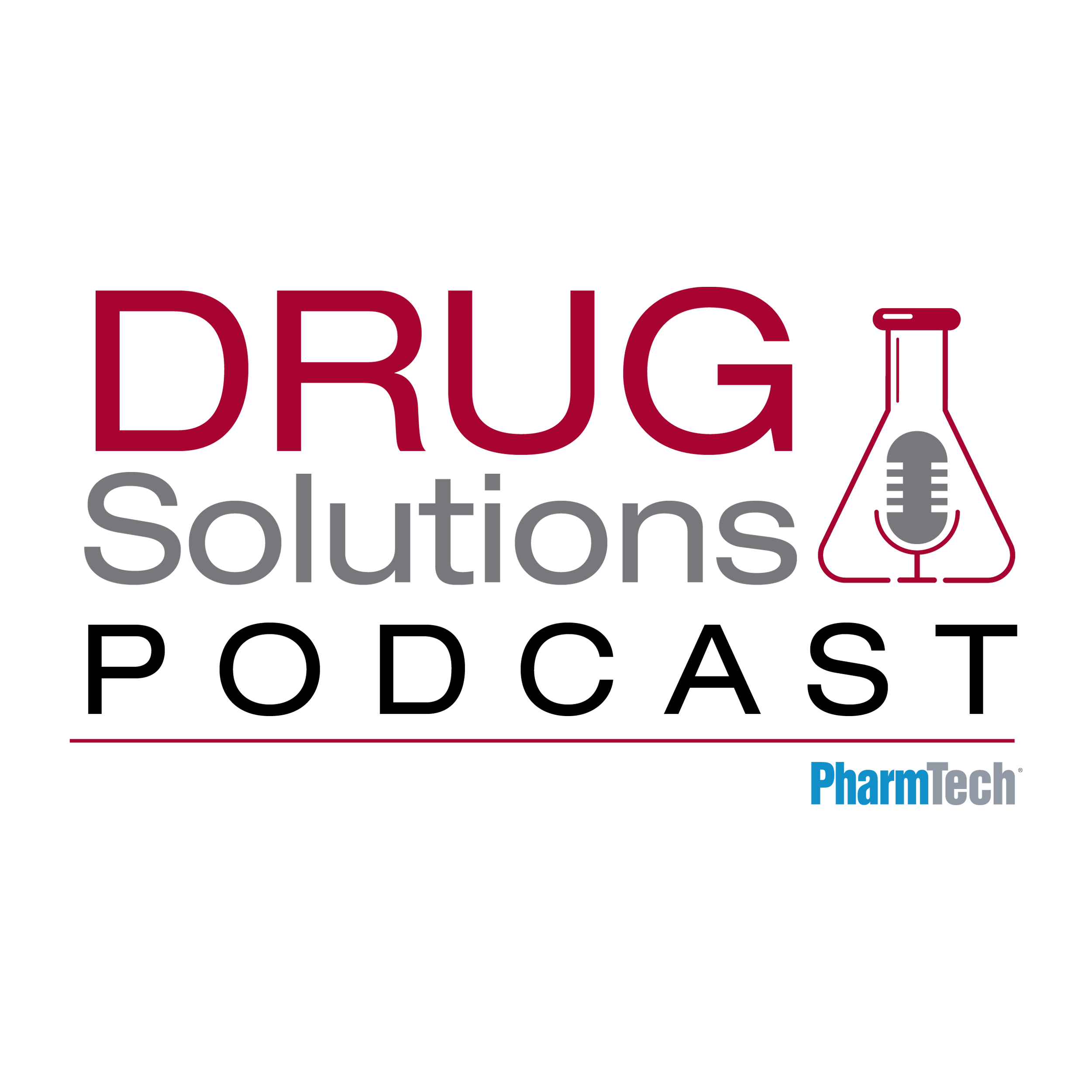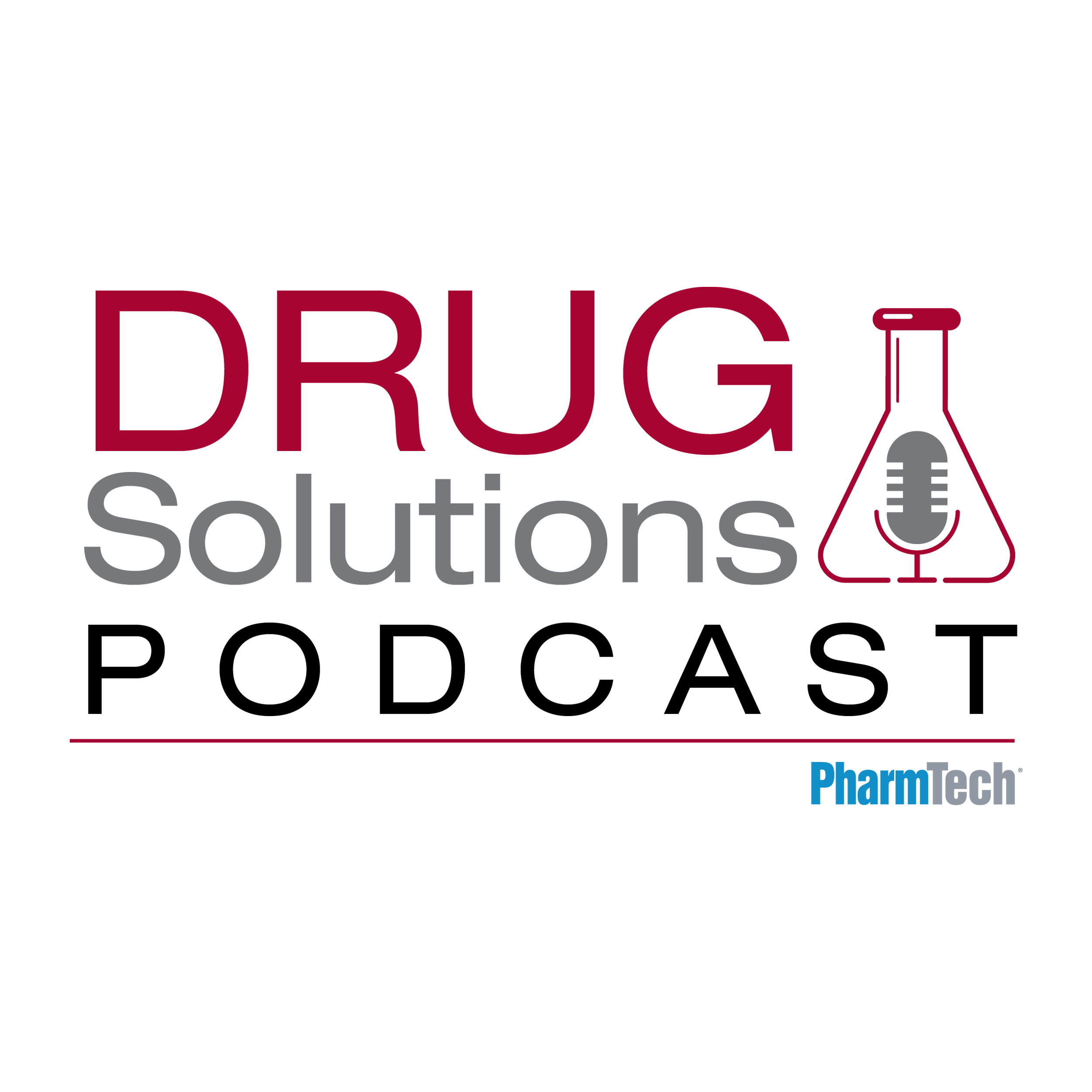Feature
Article
Pharmaceutical Technology
Managing the Complexity of Modern Sterile Product Developments
Author(s):
Managing the intricacies of sterile product development is imperative for successful and compliant outcomes.
Blister packed medication in sterile hypodermic syringes | Image Credit - © kenwnj - © kenwnj - stock.adobe.com

In the dynamic landscape of pharmaceutical development, the management of modern sterile product developments has become an increasingly complex task, attributed to the evolving diversity of APIs. The landscape now encompasses a wide range of pharmaceutical entities, ranging from traditional small molecules to the forefront of biotechnological advancements including biologics (e.g., proteins, fusion proteins, bispecific antibodies, antibody-drug conjugates peptides, and nucleic acid-based therapeutics including oligonucleotides, RNA and DNA therapeutics, viral vectors, cell therapy, and more). Most of these later APIs are formulated as parenteral preparations, amplifying the unique multifaceted challenges associated in terms of formulation, manufacturing, administration, and regulatory considerations.
Read this article in Pharmaceutical Technology’s Bio/Pharma Outsourcing Innovation eBook.
About the authors
Andrea Allmendinger is chief science officer at ten23 health.
Hanns-Christian Mahler is chief executive officer at ten23 health.
Article details
Pharmaceutical Technology/Pharmaceutical Technology Europe Outsourcing Innovation eBook
Issue 2
February 2024
Pages: 4-8
Citation
When referring to this article, please cite it as Allmendinger, A; Mahler, H. Managing the Complexity of Modern Sterile Product Developments. Pharmaceutical Technology, Bio/Pharma Outsourcing Innovation eBook. February 2024.
Newsletter
Get the essential updates shaping the future of pharma manufacturing and compliance—subscribe today to Pharmaceutical Technology and never miss a breakthrough.






